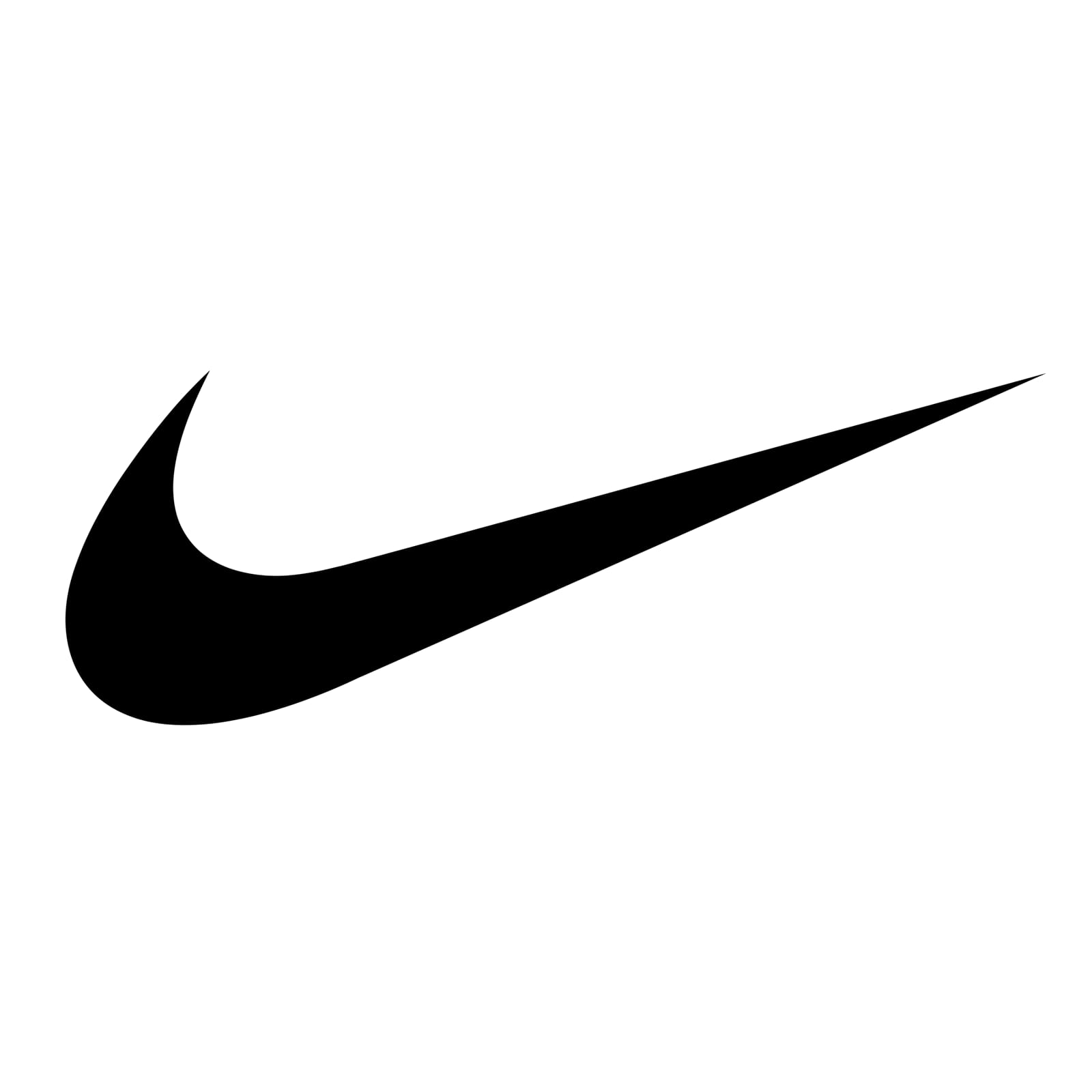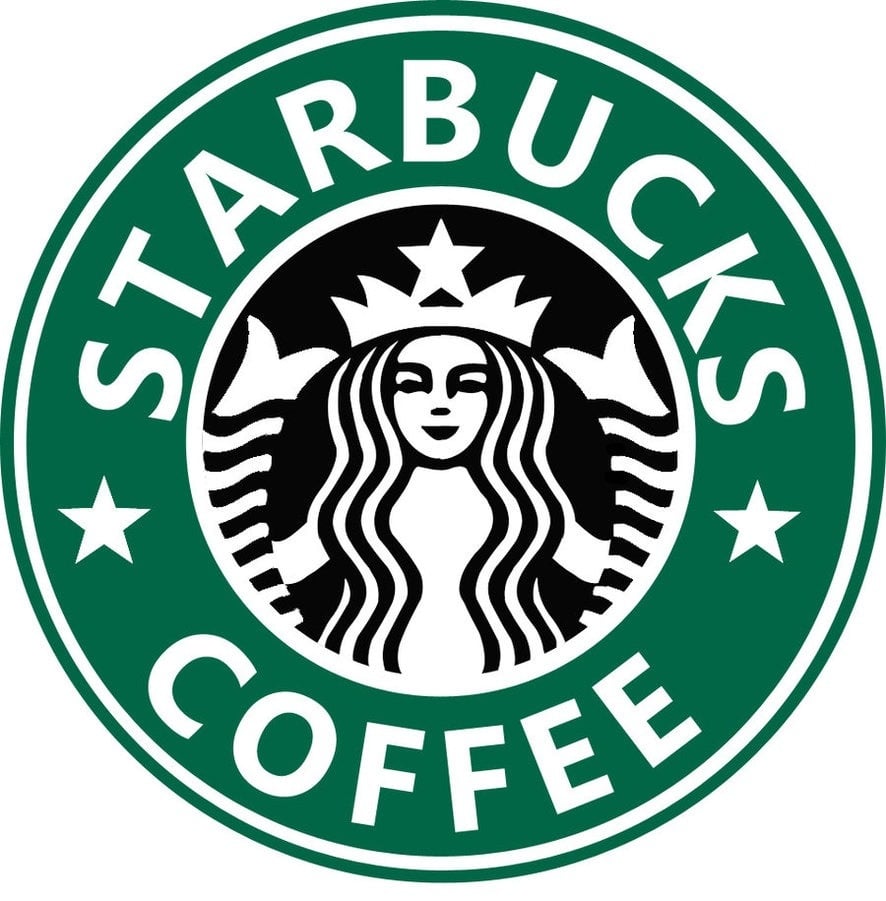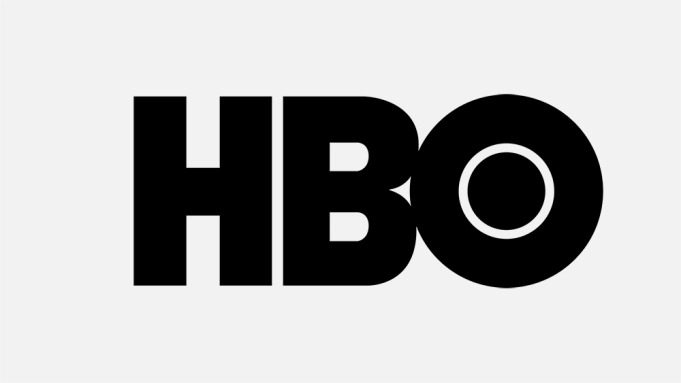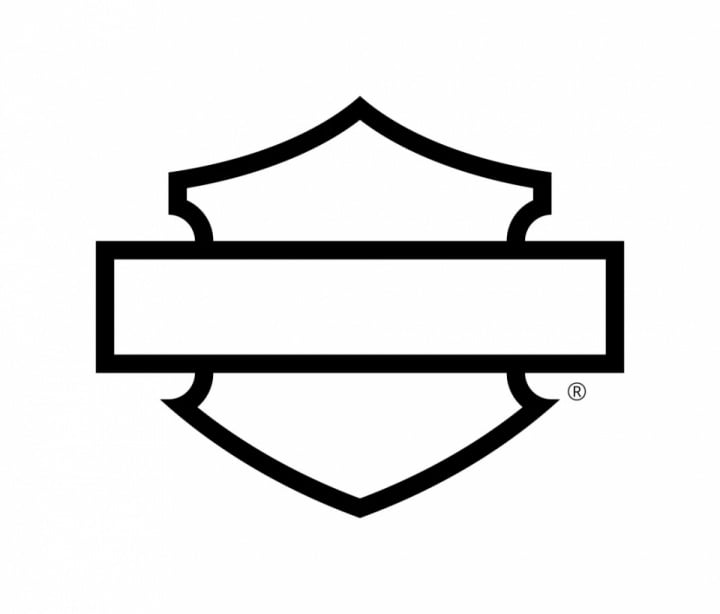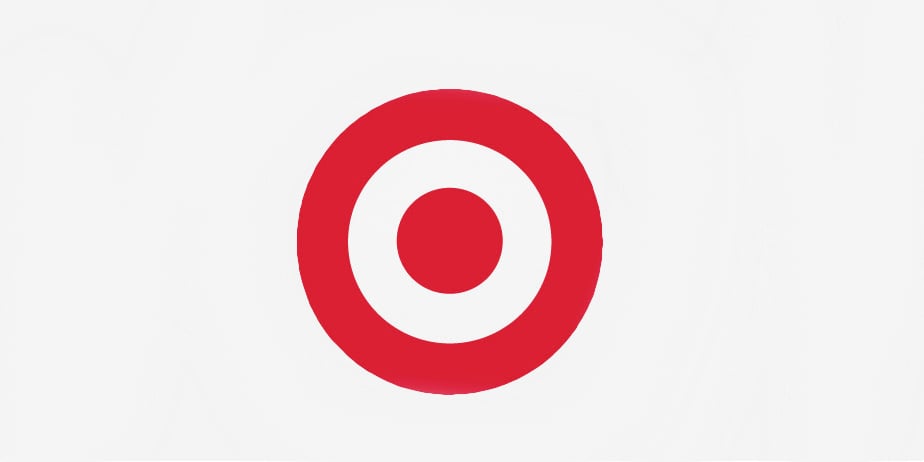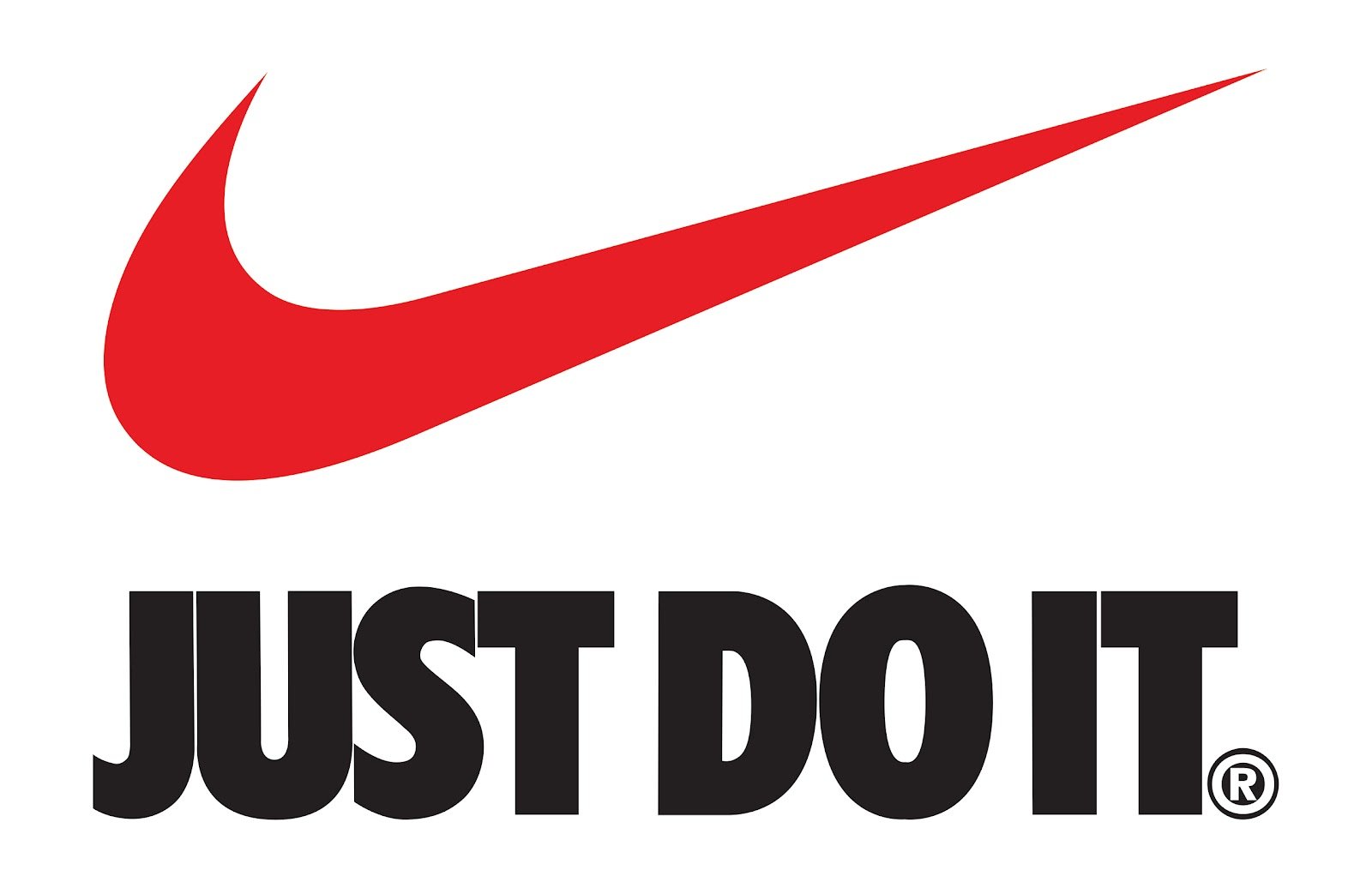How to Design a Logo for Your Business in 15 Steps
Iconic branding begins here. Traverse the art of logo design, leveraging insights and trends to create a memorable emblem that resonates with your business.

If you’re like most business owners, you probably need a logo that reflects the best of what your business has to offer, but you may not know how to go about creating one on your own. While it’s usually a good idea to find an expert logo maker to help create a distinctive logo for your organization, understanding as much as you can about business logo design can help bring your vision to life.
In addition to learning why you need a logo for your business, this article will cover 15 steps to designing a logo.
Why you need a logo for your business
Creating a great business logo is every bit as important as providing great products and services to your customers and clients. Here are some reasons you need a logo for your business:
- A good logo helps establish your brand identity. As an important part of your branding strategy, a logo should convey a visual representation of your company story. A logo sets the stage for identity continuity by using consistent design elements in your business and marketing materials, including letterhead, social media banners, shirts, and other logo-laden garments, website landing pages, and business cards.
- Your logo separates you from the competition, fostering brand loyalty. By making your logo unique and identifiable, you can slice through the competitive noise, distinguishing the benefits of what you have to offer from everyone else in your business space. As customers connect with you on an emotional level, your logo reinforces this positive connection.
- A logo meets customer expectations. Consumers have come to expect that a reputable company will have a logo. It’s what they use to identify your business and how they remember the positive associations they have had with your company.
How to design your logo in 15 steps
Creating your own logo takes some perseverance and patience. The following process will serve as a step-by-step beginner’s guide for creating a quality logo design. It’ll also guide you in the process of selecting a professional logo designer who can help you with everything from logo design tips to participating in each stage of developing your own logo.
1. Know your customers
Your customers, as the audience for your logo, should be able to relate to your design on both an emotional and intellectual level. To design a logo that appeals to your customers, you must understand who they are, how they think, and what attracts them.
Start by writing down a description of the customers you sell to or want to serve. What features and attributes do they have in common? What connects them to your products or services? Are they the same age? Do they live in a particular area or type of housing? Are they active, married, or athletic? Spend some time creating some true-to-life buyer personas of your customers.
2. Start your creative logo research
Once you have a handle on who your customers are and what attracts them, you can begin the job of identifying the various design elements—color palette, typography, and messaging—that appeals to them. As you work through the subsequent steps in coming up with a great logo design, use the intelligence you’ve gathered about your customers to propel you along in your creative logo research. To keep your customer persona top of mind, continuously consider how each element you research would resonate with them.
3. Describe your brand
While it’s important to take your customers’ preferences into account, also stay true to your brand personality as you start considering what design elements make sense for your business logo. A good way to hammer down a description of your brand is to engage in some brainstorming exercises. Think about the feelings and emotions that you want your brand to exude. For example:
- When people think of your brand name, do you want them to feel joyful, serene, delighted, or excited?
- Do your products make your customers feel confident, successful, intelligent, and/or gifted?
- Do you want your business to appeal to your customers’ whimsical nature, or do you hope to tap into their serious side?
- Is it more important to appear reserved, or would you rather be seen as jubilant?
List as many attributes and characteristics of your business as you can and write them on a whiteboard or in a notebook. Then, go through the list and circle the words that most resonate with you and that you think would most appeal to your customers. Now, begin to visualize the look for your logo based on the emotions, feelings, and attributes you circled.
For example, if you’re opening a downtown restaurant featuring the latest fusion cuisine, you might have come up with identifiers that include “fun,” “trendy,” “upscale,” and “modern.” Now, take those words and think about what typefaces and colors match those characteristics. You’ll probably want to move toward clean lines and bold colors and away from anything that connotes old-fashioned or overly casual.
4. Find the right type of logo
Now that you’re getting a sense of how your logo will make your customers feel, it’s time to consider different types of logos and which ones might work for your business. Types to consider include:
- Wordmark: These logos take the company name, an acronym, or a product name to create a freestanding design that visually conveys a company’s brand attributes. This logotype design relies exclusively on typography—often with a twist—to carry the day. Famous examples of wordmark logos are The New York Times (using an Old English type of BT font) and Google’s multi-colored Product Sans typeface, the search engine behemoth created for its logo.
- Brandmark: A brandmark is a visual design that immediately connects the customer to the brand. A successful brandmark creates an emotional connection with the consumer. The Nike swoosh is a classic example of a brandmark.
- Combination mark: As the name suggests, a combination mark takes the elements of the wordmark (or logotype) and brandmark and merges them into one seamless design. The Starbucks logo, for example, takes the company brandmark—the Starbucks mermaid—and encircles it with the company wordmark to form one cohesive combination mark.
- Abstract logo mark: The abstract logo mark seeks to represent a business image or brand through the use of a symbol or icon. The Adobe logo—and abstract rendition of the letter “A”—is an example of a strong and recognizable abstract mark.
- Lettermark: With a letter mark logo, a business uses an abbreviated version of a product or business name as the basis for its logo design. Often, the company initials are designed in a minimalist fashion. Cable News Network and Home Box Office are both branded with their company initials—“CNN” and “HBO”—and streamlined logo designs.
- Mascot logo: The mascot logo—often adopted by sports teams—provides an easy way for customers (and fans) to connect with the brand. Practically every high school, college, and professional sports team has developed some type of mascot logo. Any business can adopt a brand ambassador and create a mascot logo. Two examples of well-known non-sports-related mascot logos are the Pillsbury Doughboy and Colonel Sanders for KFC.
- Emblems: Emblem logos are designed with the company name encased in some sort of a symbol or icon that renders the two a single reflection of the company brand. While schools and other government institutions are fond of creating the often-traditional emblem logo, don’t discount this option for your small business. Harley Davidson, for example, has modernized the emblem logo, and there is no reason you can’t do the same.
5. Keep your logo evergreen
Your logo establishes how your company is perceived now and into the future. For that reason, you want to choose a logo design that is evergreen.
Be mindful of how you could date your logo—for example, by using today’s popular slang, trendy images, or even colors (gray is no longer the new black) that may not be in style later—and render it irrelevant to a future audience. Instead, stick to simple, timeless, and relatable fonts, images, and colors.
Redesigning a logo is time-consuming, and replacing all your brand materials with a new logo can be expensive. Add in the fact that you’ll have to re-establish brand recognition, and you can see how an evergreen logo is the way to go.
6. Think simple when considering your logo
When it comes to logos, simple is the way to go. Not only are complicated logos hard for your audience to understand—how will you connect emotionally to a customer who has to squint to decipher your images?—but also the more complicated a logo design, the more difficult (and expensive) it can be to adapt it to different uses.
Now, picture taking an overdesigned logo sketch and hiring someone to render it in the multitude of specifications, sizes, and standards to make it suitable for your website, all your social media outlets, your digital ads, print ads, and merchandise impressions—think T-shirts, mugs, pens, etc.
Picture using the Nike swoosh, the red Target bullseye, or Apple’s apple on all of the above. Simple is the way to go.
7. Consider incorporating a new or existing tagline
You may need to decide whether to incorporate a tagline into your logo design. Taglines—those short, descriptive phrases that describe your company’s function or mission—can enhance a logo or overwhelm it.
Some reasons to incorporate a tagline include:
- To increase brand awareness
- To enhance brand recall
- To inspire customers and/or encourage positive associations with your product or brand
Some reasons you might want to forego the tagline include:
- It can muddy the message with information overload.
- It can confuse the consumer.
- It can spoil the simplicity without enhancing the message.
If you choose to go with a tagline, make sure it is evergreen and meaningful to your customers. An example of a tagline with staying power that checks all the right boxes is Nike’s “Just Do It.”
8. Select preferred colors for your brand
Choosing the right logo colors is one of the most important design decisions you can make. Different colors elicit different emotions and feelings in your customers, so make sure your color palette stays on message. Keep in mind that colors can have different meanings in different cultures. Consider the following examples of colors and related emotions as you develop your perfect logo design (note: this list is not exhaustive or definitive):
- Red brings out feelings of passion and importance but may also attract aggression.
- Orange is considered playful, vibrant, and energetic.
- Yellow is a warm color that brings on feelings of happiness, but it can also connote alarm and warning.
- Green brings up thoughts of the natural world and feelings of stability and prosperity.
- Blue depicts serenity and security. However, it may also be seen as unpalatable, so it’s probably not the best choice for food-related businesses.
- Purple engenders luxury, romance, and mystery.
- Pink brings up youth and innocence.
- Brown conveys an earthy, rustic vibe.
- Black is the color of power and sophistication and connotes edginess.
- White can evoke virtue and health.
9. Choose various typographies
Choosing the right font for your logo design is paramount. Not only should your logo font be clear and easy to read, but it should also be carefully chosen to complement your digital platforms and printed materials, including your website, merchandise, ad copy, and marketing materials.
There are, generally, four types of fonts you can choose from, including:
- Serif logo fonts: These traditional fonts—the ones with the small flicks at the ends of each letter, designed to mimic the look and feel of a quill pen—have a certain timeless appeal and are often the choice of more traditional businesses. Times New Roman, Courier New, and Georgia are commonly used serif logo fonts.
- Sans serif logo fonts: These modern and powerful fonts are easy to interject into any design scheme and are the favorite of those moving in a more minimalist direction. They are readable and sharp, making them ideal for digital renderings. Popular sans serif fonts include Arial, Helvetica, and Geneva.
- Script logo fonts: These cursive fonts bring a sense of elegance and refinement to a design. They can be hard to read and difficult to resize, though, so if you go with script, keep your message short. American Scribe and Brush Script are examples of cursive fonts.
- Decorative logo fonts: These custom-designed fonts are unique to the brand and are developed just for the purpose of creating a unique display logo. Google’s logo font is an example.
10. Create a vision and mood board for inspiration
Deciphering all the elements of a clean, crisp, memorable logo and choosing between all the options can be overwhelming. A great way to collect your thoughts and explore different logo ideas is to aggregate everything into a single mood and vision board.
You can create a virtual board using a platform like Pinterest or a physical bulletin board in your workroom. Take swatches of all the colors you’ve encountered that appeal to you, the fonts that inspire you, and the logos and imagery that you admire, and add them to one side of the board.
Then, experiment making different color combinations and pairing these different color schemes with different typographies and images. As you explore the options and possibilities, think about how your customers will react and try to develop three or four feelings or phrases that describe each combination from their perspectives.
Working this way can help you see different designs from different angles and can spark some innovative logo designs, and help you tweak your ideas.
11. Research the competition and industry
While it’s perfectly fine to forge a new path in your company’s logo design, it’s always helpful to understand the status quo. In the logo design world, that means investigating what your competition is up to. Specifically, see what design elements your competition has incorporated into their logos and whether there appears to be a method to how companies are portrayed in your industry.
For example, if you were to research the color palettes and fonts most used by the legal services industry, you might find a lot of dark blue colors, serif fonts, and images that include scales of justice or law books. There are no surprises here since dark blue elicits trust, the serif font connotes the gravitas of a traditional business, and the scales of justice or other similar imagery communicate the nature of the business.
Of course, this doesn’t mean that you have to follow these conventions if you’re designing a logo for your law practice. It might, however, help you determine how far you can or should deviate from the norm. If you want to convey that your firm is modern, up-to-date, hardworking, and energetic while still retaining the trust of your clients, you might go with a lighter version of the blue color, choose a less severe serif font or go with sans serif, and replace the scales imagery with a more abstract line drawing that evokes law and wisdom.
Another example is the restaurant industry. If you do a quick logo search and review, you’ll see every color and design aesthetic represented. But look a little closer, and some patterns based on business type and customer dining experience will emerge. For example, many middle-to high-end, sit-down restaurants employ muted reds, neutral browns, and clean black lines. More upscale establishments might go with serif fonts, while the edgier eateries lean toward sans-serif typography. Fast-food places tend to favor bright, in-your-face colors like yellow and orange, tapping into the frenzied in-and-out vibe of these get-it-and-go places.
Take a look at your own competitors and see if you can divine why they chose the colors, typography, and images they’re using and how you think your shared customer base and target audience might feel about them.
12. Find an expert logo designer for the project
All the steps toward logo design discovery you’ve taken until now have led you to a deeper understanding of who your customers are and how a logo can provide an emotional link between them and your brand and products or services. You’ve explored different types of logos and considered how elements like color, typography, and imagery could support or diminish your connection with your customer. You have taken into account how a tagline can either enhance your logo or overcrowd its overarching message. And you’ve considered how to create an evergreen logo that stands up to what the competition is doing.
So, now that you’ve had a chance to consider your options and preferences for your company’s new logo, consider using this insight and market intelligence as you embark on a search to find a logo designer who can turn your vision into the perfect logo for your company.
A great place to search for the right expert logo designer for your project is Upwork, the world’s leading platform for finding high-level creative talent. Because you’ve done your due diligence and are familiar with the logo design process, you’re in a position to choose an expert logo design partner with whom you can effectively collaborate to create your vision. When choosing a custom logo designer, look for:
- Someone with experience backed up by a portfolio of work
- A graphic design professional who is competent using design programs like Photoshop and Adobe Illustrator
- Familiarity with your industry, such as someone who has designed logos for restaurants if you’re in the restaurant business
- Someone who can format your logo for all media, platforms, and purposes
- Someone with experience working with small business owners
- Someone with whom you feel a rapport and who understands your vision
13. Use focus groups to determine your logo’s effectiveness
Often, you and your design professional will come up with more than one logo design; and a focus group can help you make the final—and right—decision regarding the best logo for your business.
The purpose of a logo is to effectively convey your company’s brand, attract customers, and become the go-to product or service provider to your customer base. There’s no better way to determine whether your logo is hitting the mark than to ask a group of potential customers their thoughts and opinions about your logo design.
It’s easy to convene a focus group. Invite a panel of current and potential customers—this is where that first step, “Know your customers,” comes in handy—to meet in a comfortable setting for an hour or two to discuss your logo. You can also conduct a virtual focus group by sending your logo samples to customers and others and asking them to complete an online questionnaire.
Anywhere from six to 10 participants is sufficient, although the more feedback you can get, the better. Present each logo to your focus group participants and ask them to answer the following questions about each one:
- What is the first thing that pops into your mind when you look at this logo?
- How does this logo make you feel?
- Can you trust a company with this logo?
- What do you think this company’s core business is?
- Do you find this logo visually appealing? Why or why not?
- What do you think of the colors used in this logo? Do you like them? Would you change them? If so, to what?
- How do the colors make you feel?
- Overall, what are the best parts of this logo?
- Overall, what parts of this logo would you change?
- Is this logo something you think you’d remember?
14. Select the best logo for your business
After taking the steps outlined above, you should find yourself in a very strong position to choose the best possible logo for your business. Not only have you done your own homework to understand how your design aesthetic fits in with your industry, but you have also chosen an expert to help fulfill and refine your vision. You’ve even convened a focus group to help you gauge perceptions of how your logo will resonate with real customers.
Even after all this work, you may still feel some trepidation about making that final selection. That’s only natural. Try to keep in mind, however, that logos can and do evolve. While the goal is evergreen, that doesn’t mean you’re closing a door to logo evolution.
Some of the best brands evolve over time. Just look at KFC (formerly Kentucky Fried Chicken), Baskin-Robbins (they dropped the 31 flavors from their logo), and Levi’s (went from an old-school, very detailed combination logo to a clean five-letter wordmark).
What you choose now will be the best decision for your company now. As your company evolves, so might your logo.
15. Add your logo to your website, company shirts, and more
Once you make your logo selection, the final step is incorporating your logo into all your marketing materials, packaging, merchandise, advertisements, sales materials, and signage.
To successfully leverage your new logo, it’s important that all aspects of your business branding align. Your expert logo designer can facilitate this companywide task to ensure your messaging is consistent and your company brand remains strong.
Next steps
Creating a great logo for your business can be a time-consuming process, but each of the steps outlined in this article plays an important part in your business logo design. The process can run much faster if you decide to engage a qualified expert for assistance early in the process. Check out Upwork’s logo design services to get all the help you’ll require to create the logo your company needs and deserves.
Upwork is not affiliated with and does not sponsor or endorse any of the tools or services discussed in this section. These tools and services are provided only as potential options, and each reader and company should take the time needed to adequately analyze and determine the tools or services that would best fit their specific needs and situation.






.png)
.png)
.png)
.png)
.png)



.svg)
.svg)












